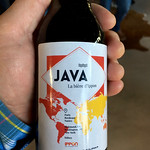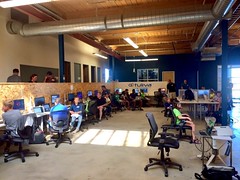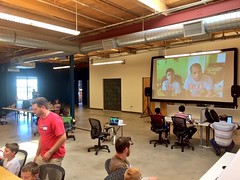A Delightful Trip to Devoxx UK and GeekOut 2016
 I had the pleasure of traveling to London, England and Tallin, Estonia this past week. In London, I spoke at
Devoxx UK. In Tallin, I spoke at GeekOut.
I took my mom (or mum, if you
prefer)
and we explored the sights, enjoyed local cuisines and savored a few beverages. Our trip started with a direct
flight from Denver to London. We arrived on Tuesday, June 7, around noon.
I had the pleasure of traveling to London, England and Tallin, Estonia this past week. In London, I spoke at
Devoxx UK. In Tallin, I spoke at GeekOut.
I took my mom (or mum, if you
prefer)
and we explored the sights, enjoyed local cuisines and savored a few beverages. Our trip started with a direct
flight from Denver to London. We arrived on Tuesday, June 7, around noon.
We were only in London for two nights, but it was enough time for us to savor excellent Indian food, fancy a walk through London, and order a bow tie. I forgot the bow tie for my JHipster outfit. Luckily, I found a good replacement and was able to order it for next-day delivery. I had to order it by 5pm and the site declined both my credit cards with time running out. I ended up using PayPal and got my order placed in the nick of time: 16:59:51.
The big news announced at Devoxx UK is that Devoxx is coming to the United States in 2017! I'm on the program committee for this conference, so I look forward to helping make it spectacular.
The first ever #DevoxxUS is happening March 21-23, 2017 in San Jose, CA! https://t.co/jtQe95LNOL
— Devoxx US (@devoxxus) June 8, 2016
















